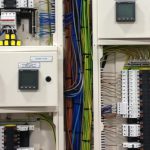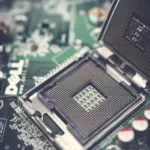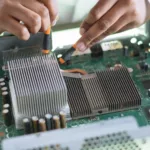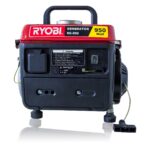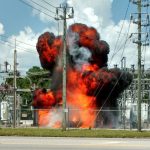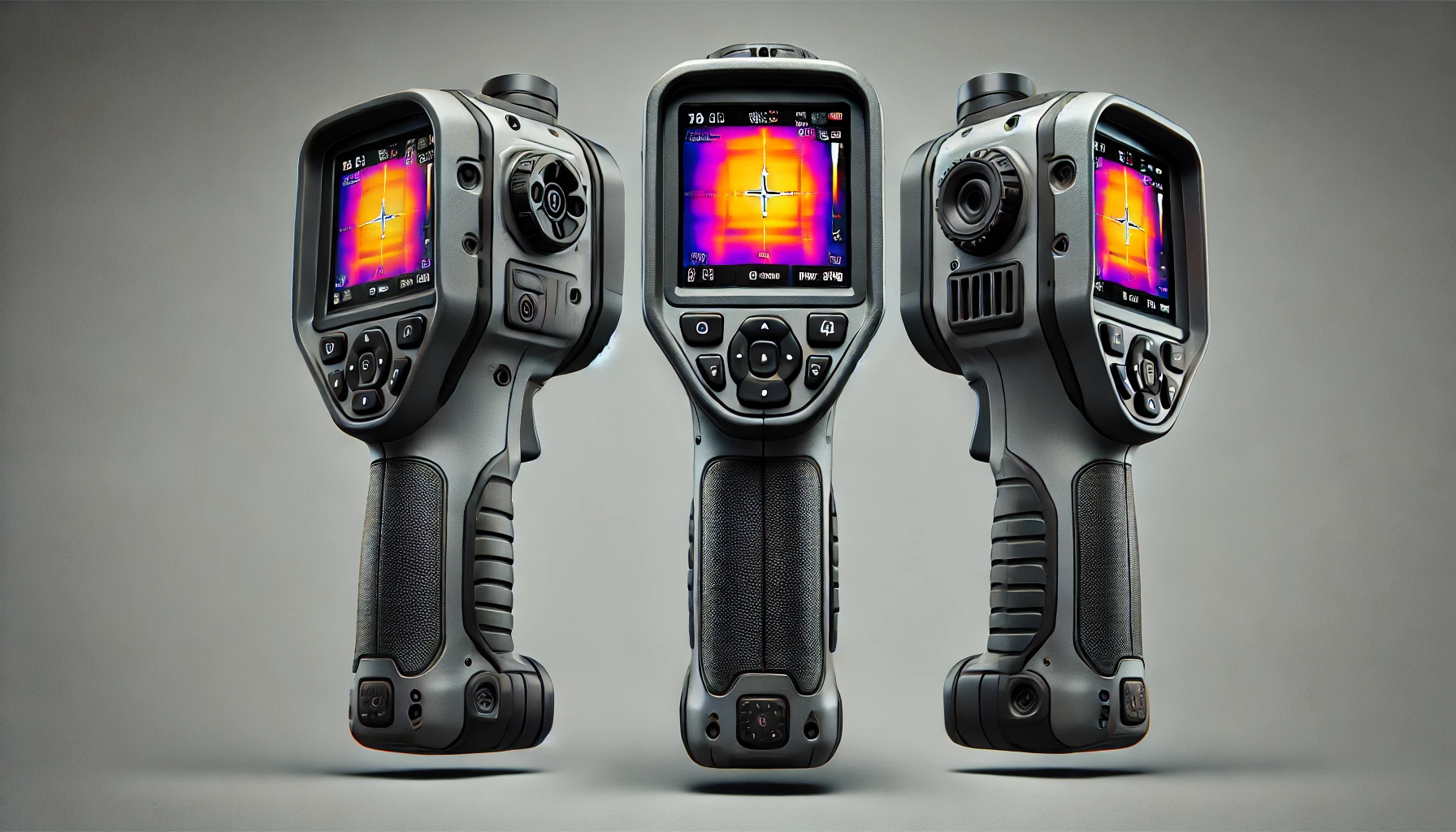
Introduction
Thermal imaging cameras have gained prominent traction across various industries due to their unique capabilities. These temperature measurement devices detect infrared radiation and visualise heat patterns and temperature variations, offering multiple benefits. This article uncovers a myriad of benefits and applications of thermal imaging cameras in different fields and explores their operating mechanism.
Understanding Thermal Imaging Cameras: A Short Overview of Their Significance
Thermal imaging cameras, also called thermographic or infrared cameras, are high-performance and specialised hand-operated devices that detect and measure infrared radiation and convert it into a fine, visual image. Unlike traditional cameras, which rely on visible light, thermal imaging cameras capture the heat emitted by objects or surfaces, making them invaluable tools in various industries.
The significance of handheld thermal imaging cameras lies in their non-contact temperature measurement, which is particularly useful in situations where physical contact is dangerous or impractical. Measuring temperature from a distance ensures accuracy and safety in various applications. Additionally, a thermal imaging camera is significant in identifying overheated components before they fail, locating hotspots in firefighting, pinpointing heat leaks in construction, and providing non-invasive diagnostics in healthcare.
The Science Behind Thermal Imaging Cameras: Their Working Principle Explained
Thermal imaging cameras operate based on the principle of thermography. They are designed to detect and precisely measure infrared radiation above absolute zero. The camera’s sensors capture the radiation and translate it into an image, where different colours or shades represent varying temperatures. The technology behind these cameras allows users to “see” heat, providing insights that are impossible to obtain with the naked eye.
Unparalleled Benefits of Using Thermal Imaging Cameras: A Comprehensive Look
Thermal cameras offer an unprecedented range of benefits across various sectors and settings. Understanding their benefits can help businesses, professionals, and even hobbyists make informed decisions about their usage. Some of the notable benefits include:
Enhanced Visibility in Complete Darkness
One of the most significant advantages of thermal imaging cameras is their ability to provide clear images in complete darkness. Unlike night-vision devices that amplify light, thermal cameras detect heat, making them effective even in pitch-black conditions. This capability is crucial for applications with limited visibility, such as security, wildlife observation, and search and rescue operations.
Non-Invasive Inspection and Maintenance
Thermal cameras enable non-invasive inspection of equipment and infrastructure. For example, they can detect overheating in electrical panels, insulation deficiencies, or leaks in pipelines without the need for physical contact. This ability to diagnose potential issues without dismantling equipment reduces downtime and maintenance costs, enhancing overall operational efficiency.
Improved Safety and Risk Management
In hazardous environments, thermographic cameras contribute to improved safety by identifying potential dangers before they become critical. For instance, they can detect hot spots that indicate a risk of fire, overheated machinery that could fail, or leaks of dangerous gases. By providing early warnings, thermal imaging helps prevent accidents, protect workers, and safeguard assets.
Energy Efficiency and Cost Savings
Infrared cameras promote energy efficiency by identifying areas of heat loss in buildings, such as through poor insulation or drafts. Over time, these improvements lead to significant cost savings on cooling and heating bills, as well as a reduced environmental footprint.
Enhanced Security and Surveillance
A thermal camera is significant in security and surveillance, particularly in low-light or challenging weather conditions. These portable hand tools detect intruders, unauthorised vehicles, or wildlife, regardless of camouflage or lighting. This makes them an essential tool for securing large perimeters, such as industrial sites, borders, and critical infrastructure.
Versatility Across Various Industries
These cameras are a staple in multiple industries due to their versatile functionality. In the medical field, they assist in detecting anomalies in body temperature that could indicate underlying health issues. In construction, they can assess structural integrity and energy efficiency. The military and law enforcement agencies rely on thermal imaging for tactical operations, while fire departments use them to locate individuals in smoke-filled environments.
Accurate Detection of Moisture and Water Damage
Thermographic cameras are highly effective in detecting moisture and water damage in buildings. By identifying areas with different thermal properties, they can reveal hidden water leaks, dampness, or mould growth behind walls, under floors, or within ceilings. Early detection allows for timely repairs, preventing more extensive damage and costly renovations.
Reduction in Maintenance Downtime
Thermal imaging cameras help reduce maintenance downtime by pinpointing potential issues before they lead to equipment failure. Predictive maintenance enabled by thermal imaging allows for scheduled repairs, prevents unplanned outages, and extends the life of machinery. This proactive approach is especially beneficial in industries where continuous operation is critical.
Concluding Remarks
Thermal imaging cameras are portable handheld devices that offer a broad spectrum of benefits across various industries. They are instrumental in enhancing safety and security, improving efficiency, and reducing costs in multiple facilities and applications. A thermal imaging camera’s ability to detect heat, provide visibility in complete darkness, and offer non-invasive inspection capabilities makes it an invaluable tool in modern technology.






